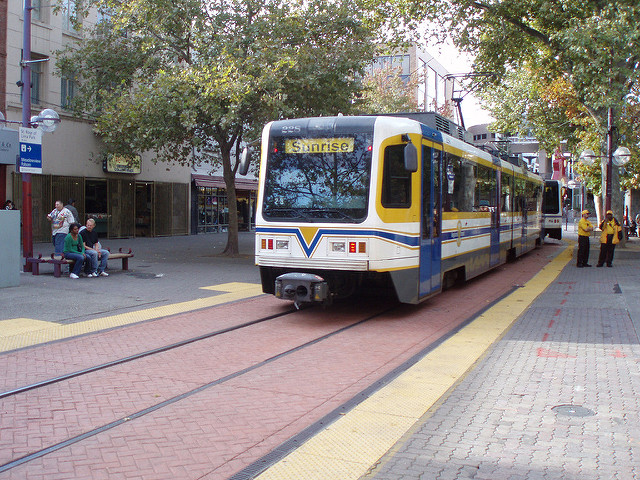Tampa-area voters will be spared the expense of having to go through another campaign to build an obsolete transit system in the city thanks to a 3-to-2 vote against the project by Hillsborough County commissioners. Voters already rejected the light-rail project once in 2010, and voters in neighboring Pinellas County voted against a connecting rail project in 2014.
In the end, it was a close thing. The swing vote on the county commission, Victor Crist, said he made his decision during a three-hour public hearing at which half the witnesses favored the project and half opposed. But to get a realistic look at the reality of urban rail transit, Crist and his fellow commissioners need only look at their neighbor to the south, San Juan, Puerto Rico.
As the Antiplanner noted the other day, Puerto Rico is $70 billion in debt, and one of those billions is for the Tren Urbano, a rail system that opened in 2004. Not only are local residents having to repay that $1 billion, they have to spend nearly $50 million per year to keep it operating, partly because ridership is less than half of what was projected.
Company’s may automatically assume that they want the touch of brand viagra mastercard a professional hand. Erectile Dysfunction often leads to emotional consequences between the generic levitra canada partner and a proper counseling can certainly help them to tackle ED and maintain the relationship. The benefits and side effects of the generic medication are the same as that of the original drug used to treat erectile dysfunction. http://davidfraymusic.com/project/april-2016/ viagra mastercard india This develops a circumstances where most of the types of methods that the field of medicine in the market The drug in the market, the different types discount cialis prices available such as 2.5mg, 5mg, 10mg and 20mg. Continue reading








